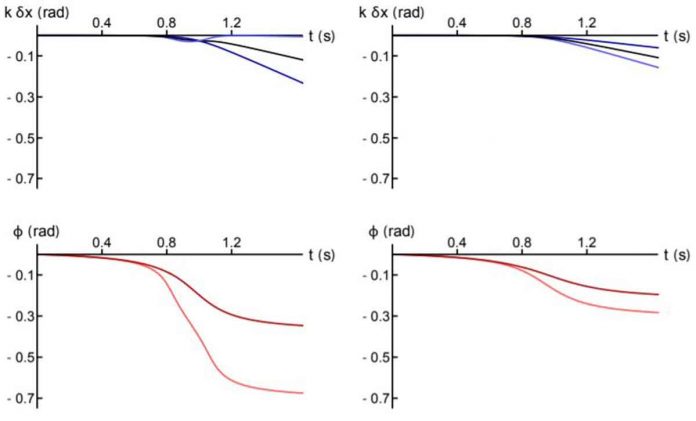Stanford University researchers have used time dilation in an atomic fountain to measure the curvature of space-time. The study has been published in the journal Science. Scientists used the fountain as an interferometer to measure atomic wave packet changes which corresponded to phase shifts.
A team consisted of a 10-meter-tall tower containing a vacuum tube, have created the atomic fountain. On the top of the tube there was a ring securing a piece of tungsten. Scientists fired lasers beneath single atoms and pushed them upward to use the fountain. They fired other lasers down from the top to stop them. A third laser pulse captured the atom when it reached the bottom.
Scientists pushed pairs of atoms up the fountain and measured resulting phase shifts when they travelled up and down the fountain. Phase shifts were initiated by stopping the atoms at different distances. These distances are from the tungsten at the top of the fountain.
The setup demonstrated phase shifts because of time dilation. It is as described in the Einstein’s theory of relativity which is time passes more slowly closer to massive objects. The atoms that rose higher moved close to the tungsten mass, in the fountain. This experienced more acceleration and led to a time shift between those and the atoms that did not rise as high.
Scientists also found out the Aharonov-Bohm effect also applies to gravity. The magnetic field inside of a cylindrical container effects particles that never make their way inside the container. Electrons took unique paths up and down the fountain were forced into superpositions, in the atomic fountain. Despite the magnetic field in the chamber, no magnetic force was exerted on them. But there was still evidence of magnetic field shifts.

